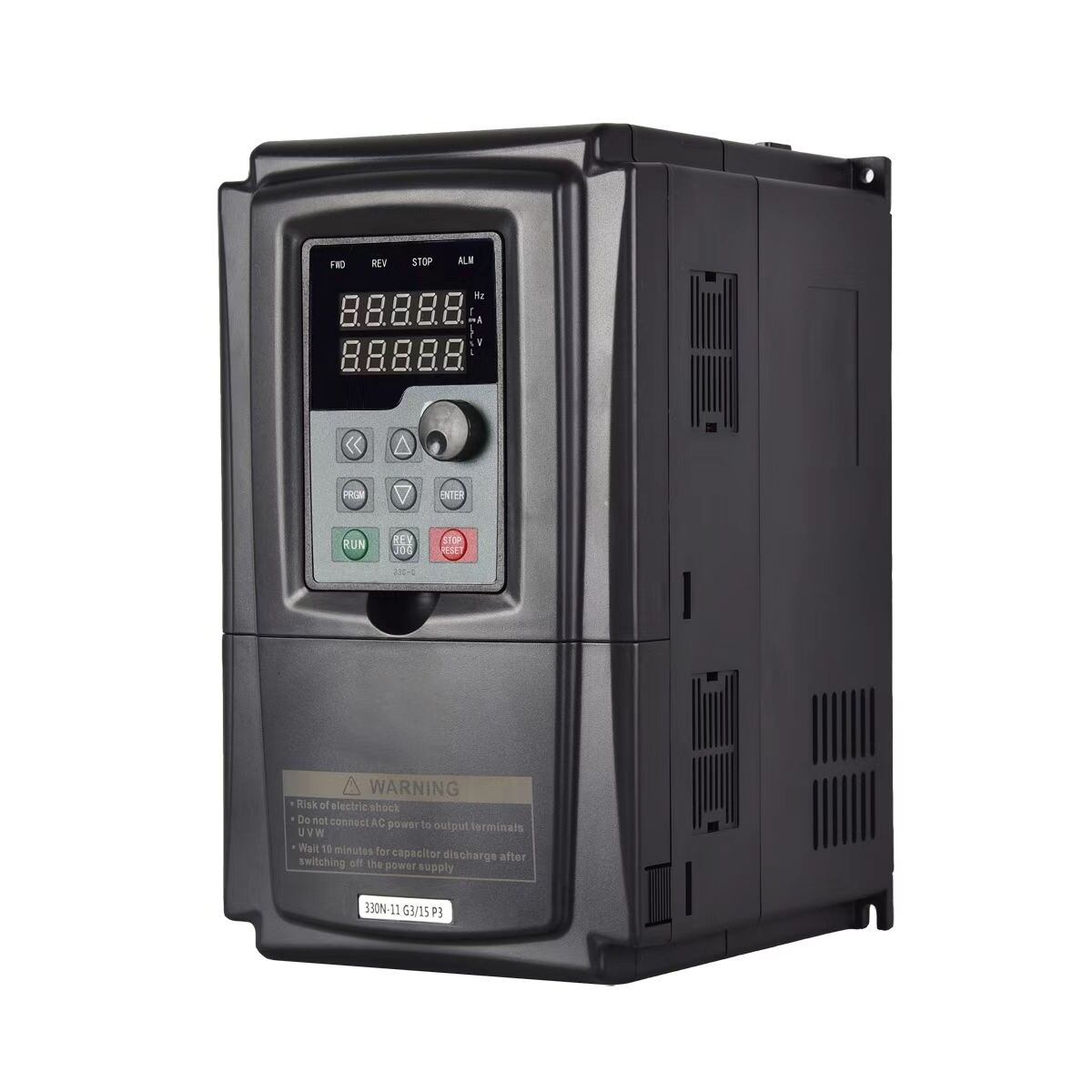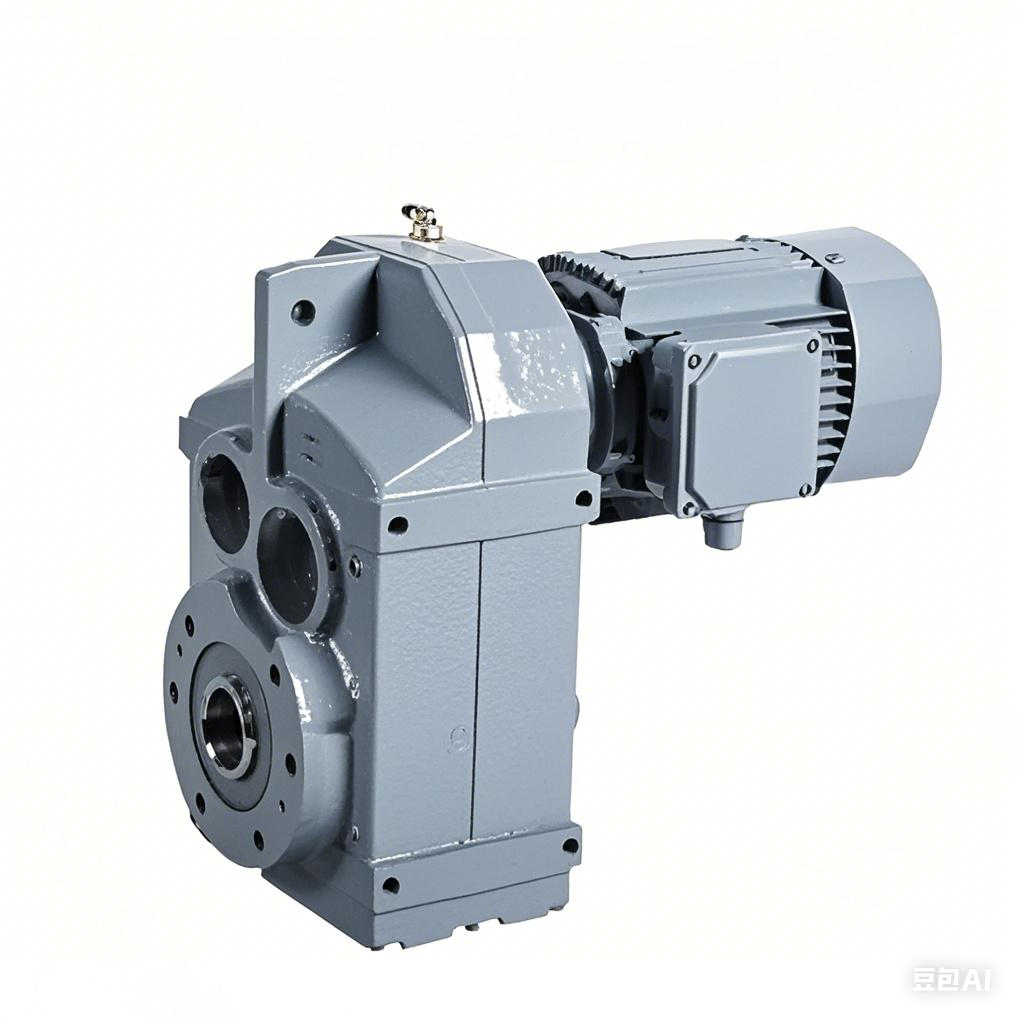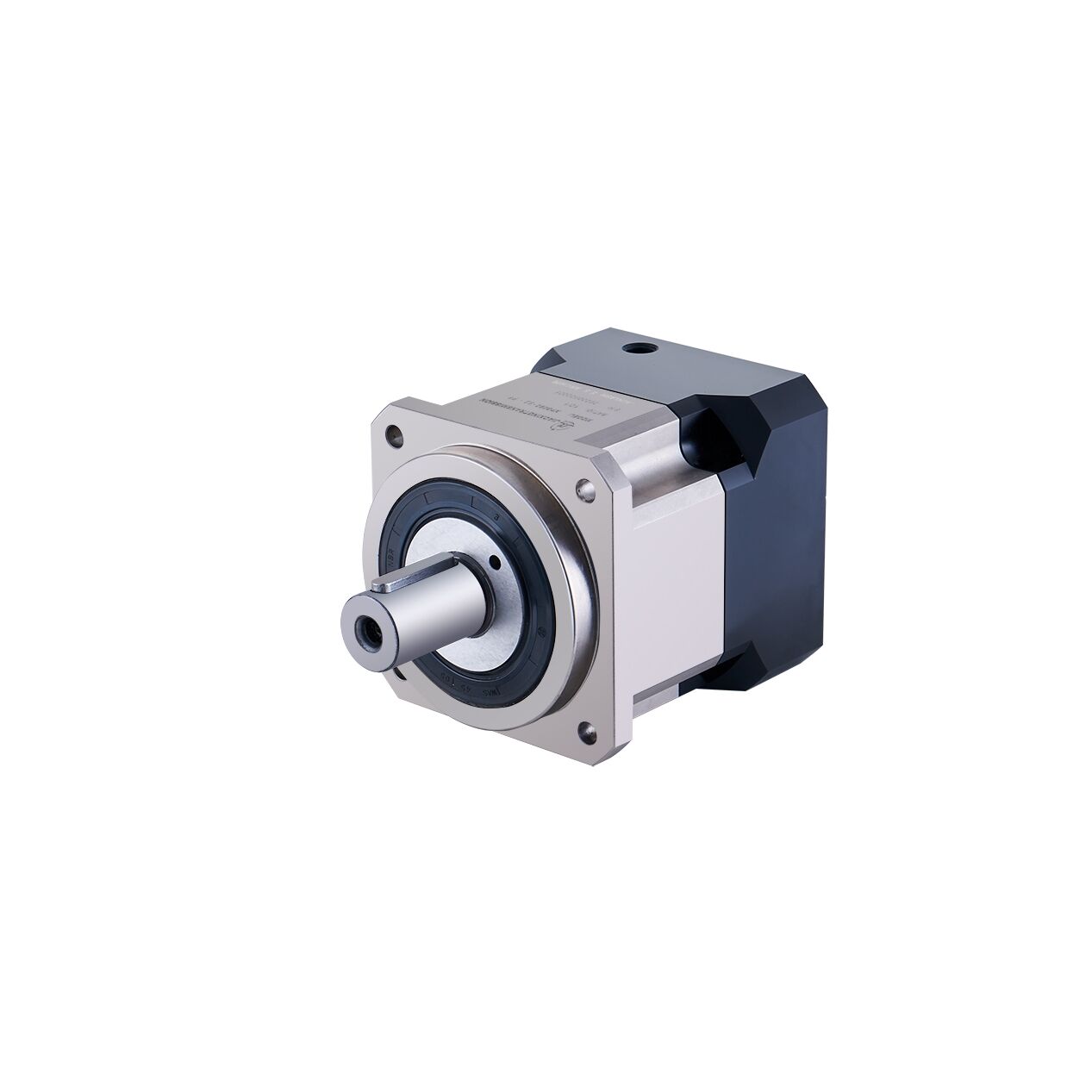synchronous and asynchronous motor
Synchronous and asynchronous motors are fundamental components in modern electrical systems, each serving distinct purposes in various industrial applications. Synchronous motors operate at a fixed speed synchronized with the power supply frequency, making them ideal for applications requiring precise speed control. These motors maintain constant speed regardless of load variations and offer superior power factor correction capabilities. Asynchronous motors, also known as induction motors, operate at a speed slightly lower than the synchronous speed, creating a slip that generates torque. They are simpler in construction, more robust, and generally more cost-effective. The technological features of synchronous motors include permanent magnets or electromagnetic windings for rotor excitation, while asynchronous motors utilize induced current in the rotor. Both types find extensive applications across industries, with synchronous motors commonly used in large industrial drives, generators, and precision equipment, while asynchronous motors dominate in general-purpose applications like pumps, fans, and conveyor systems. The selection between these motor types depends on factors such as required speed control, efficiency requirements, and operating conditions.



